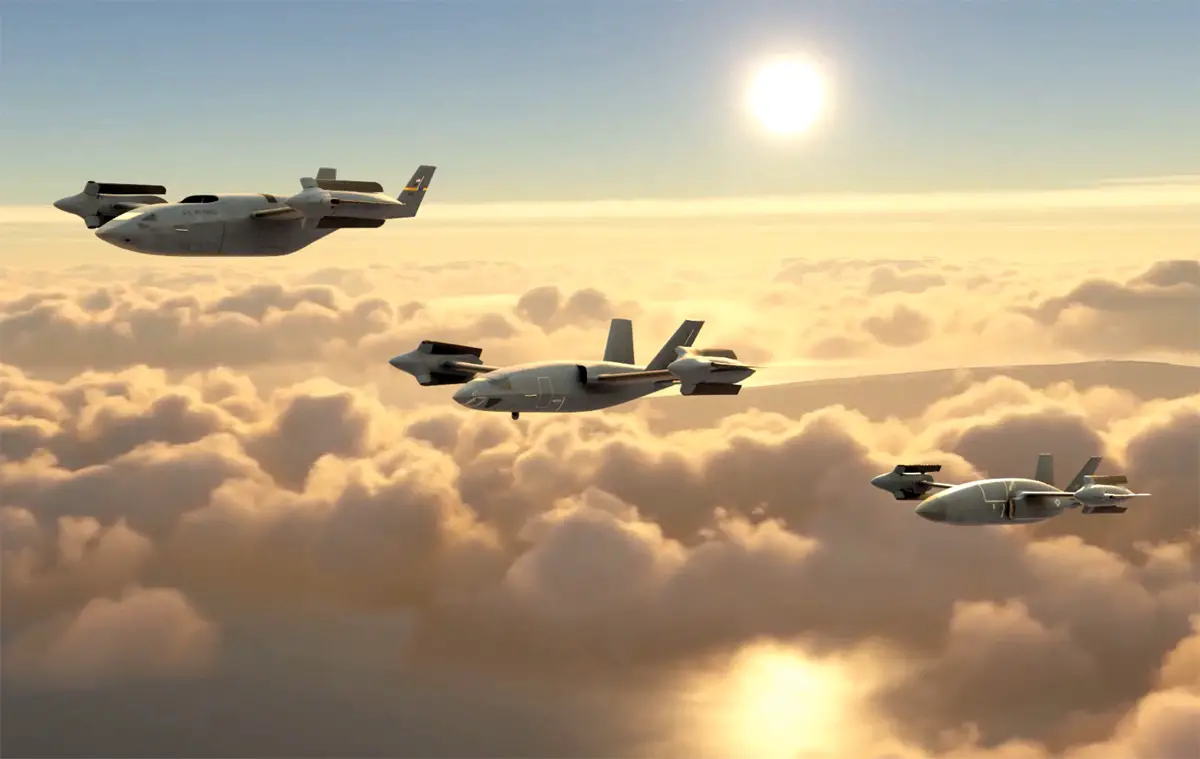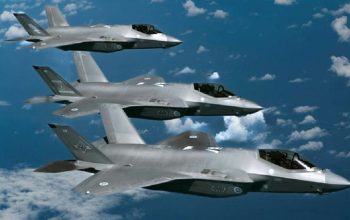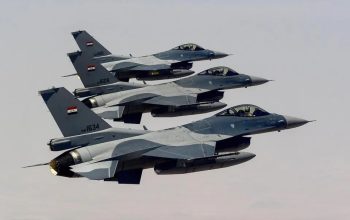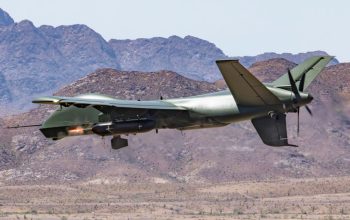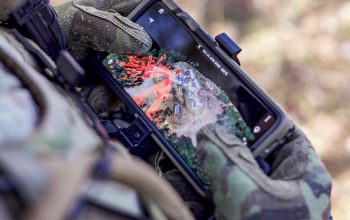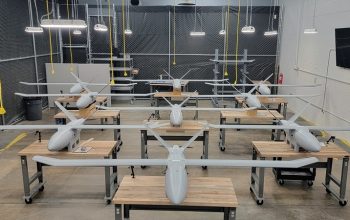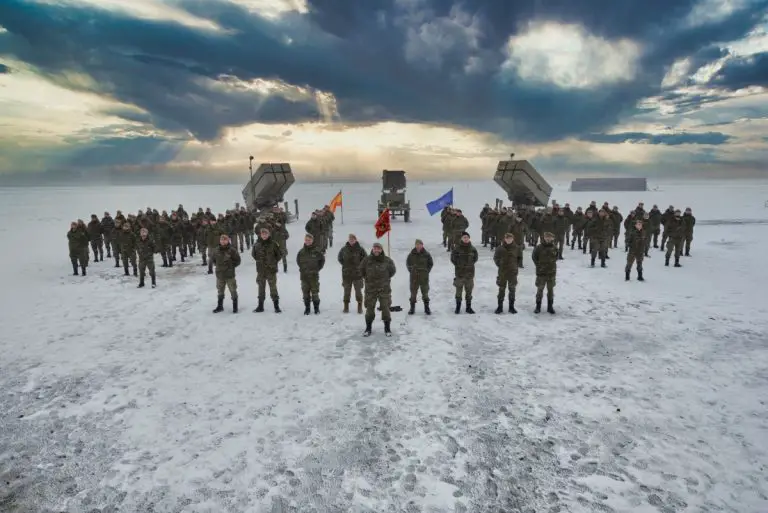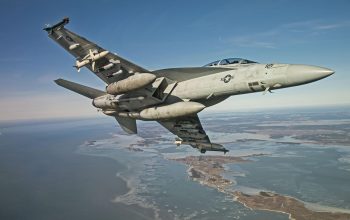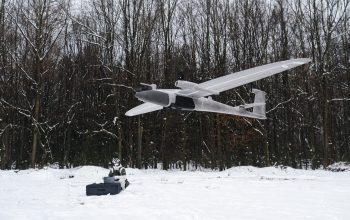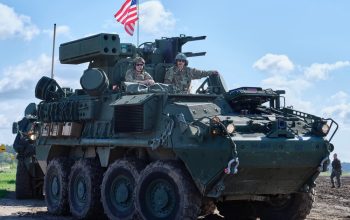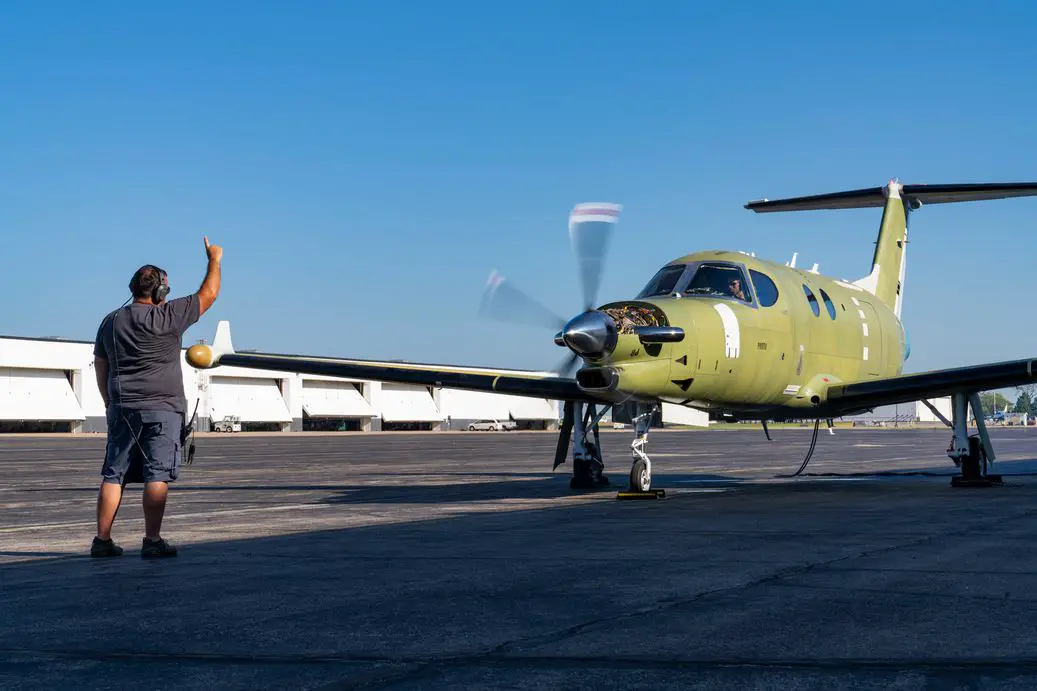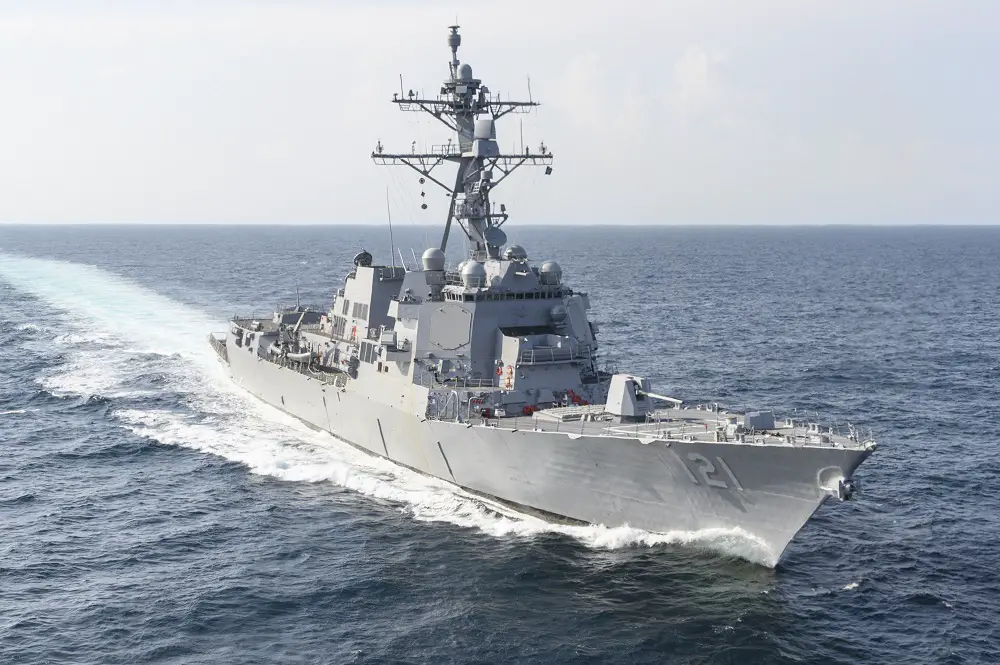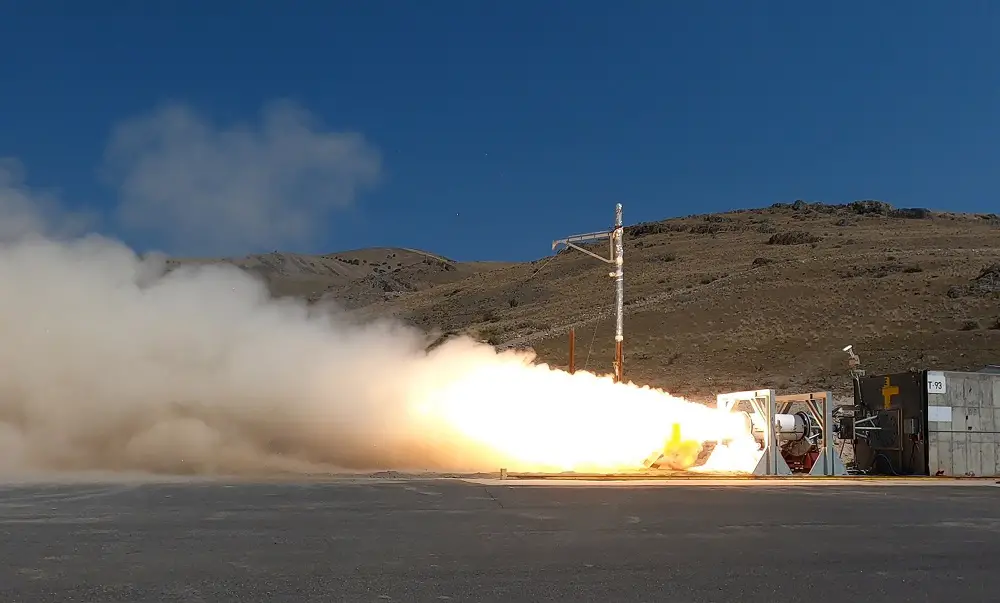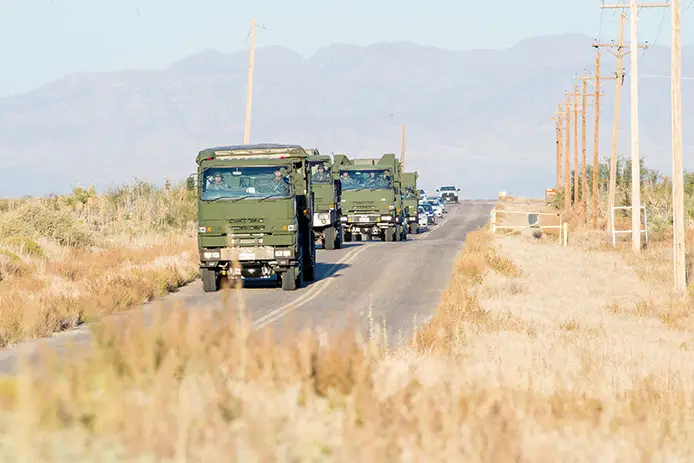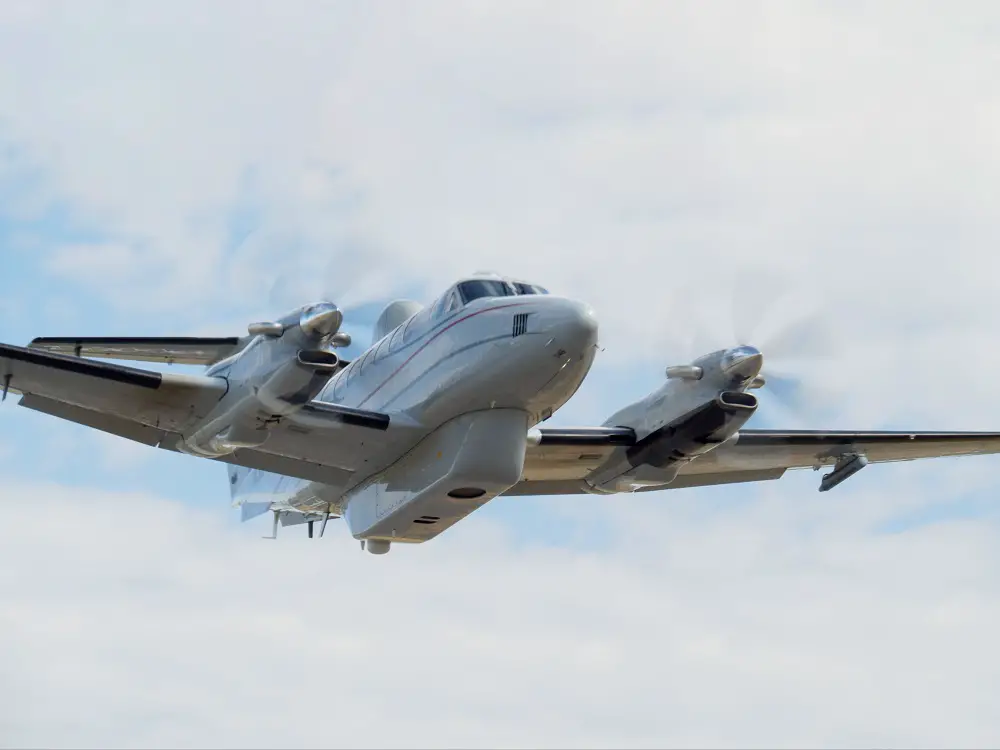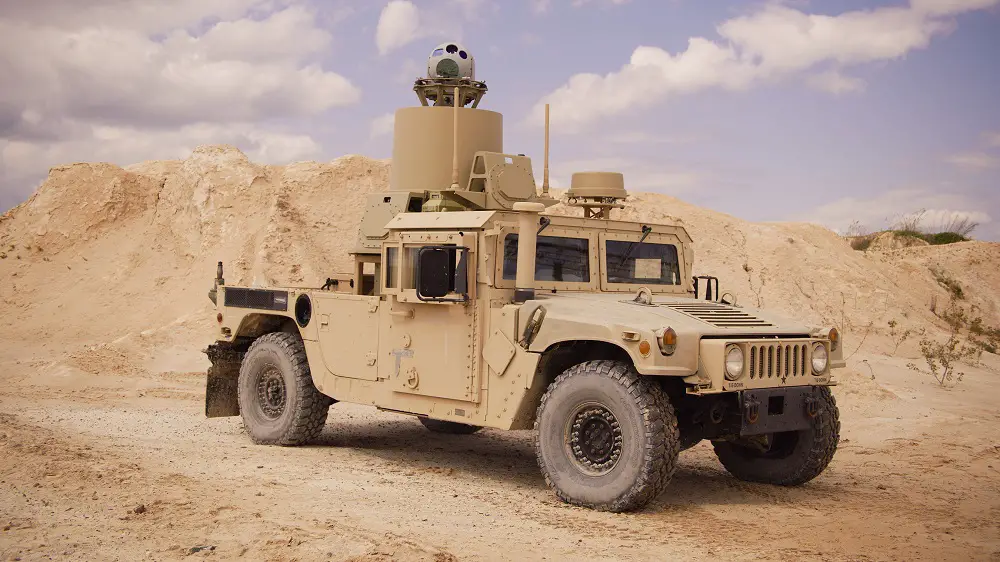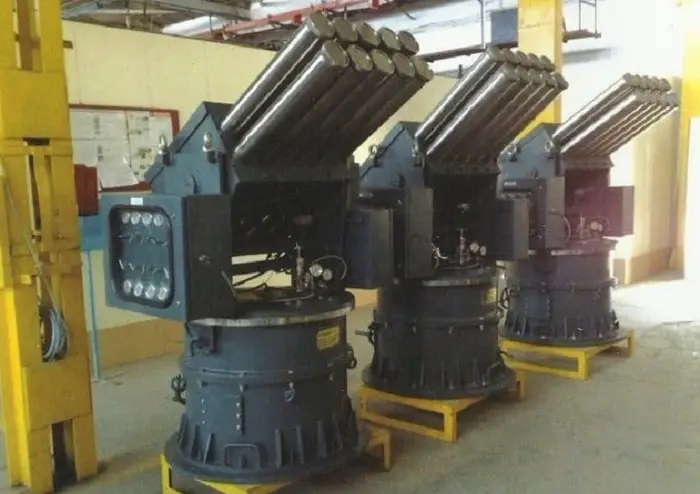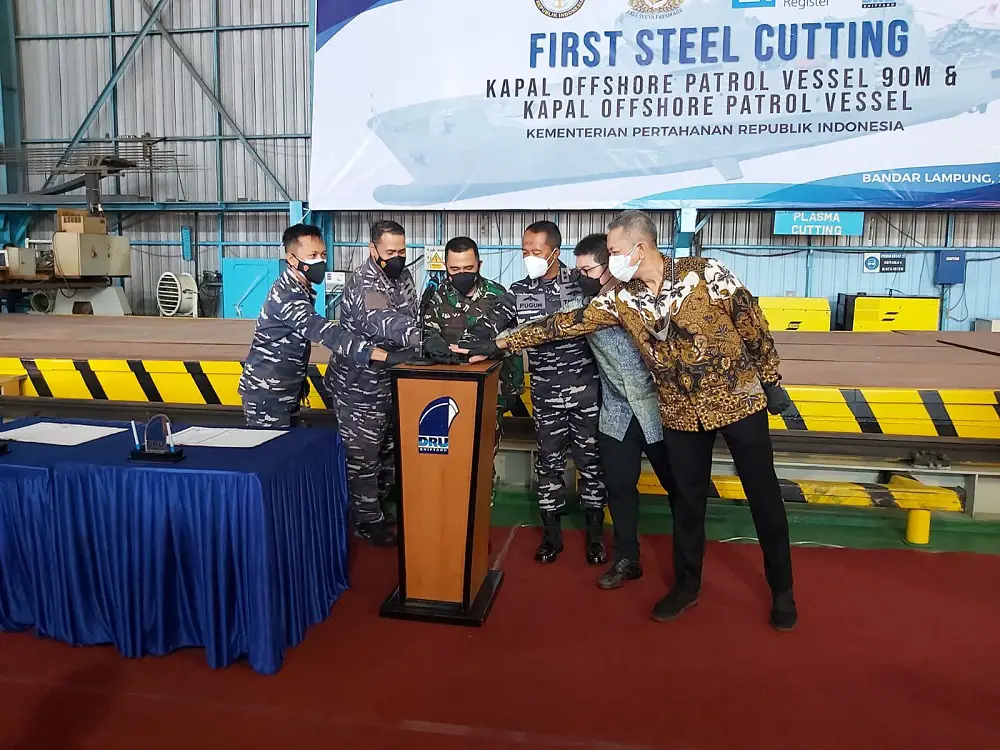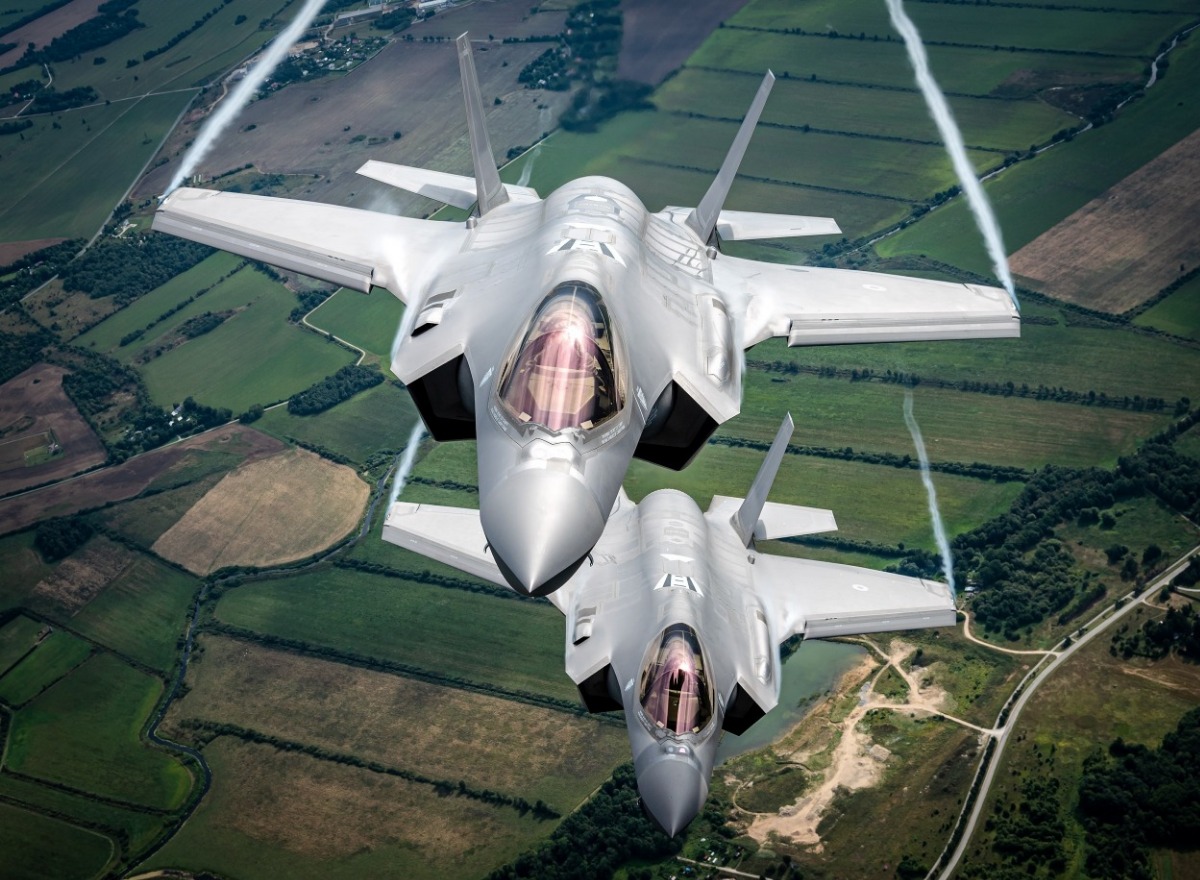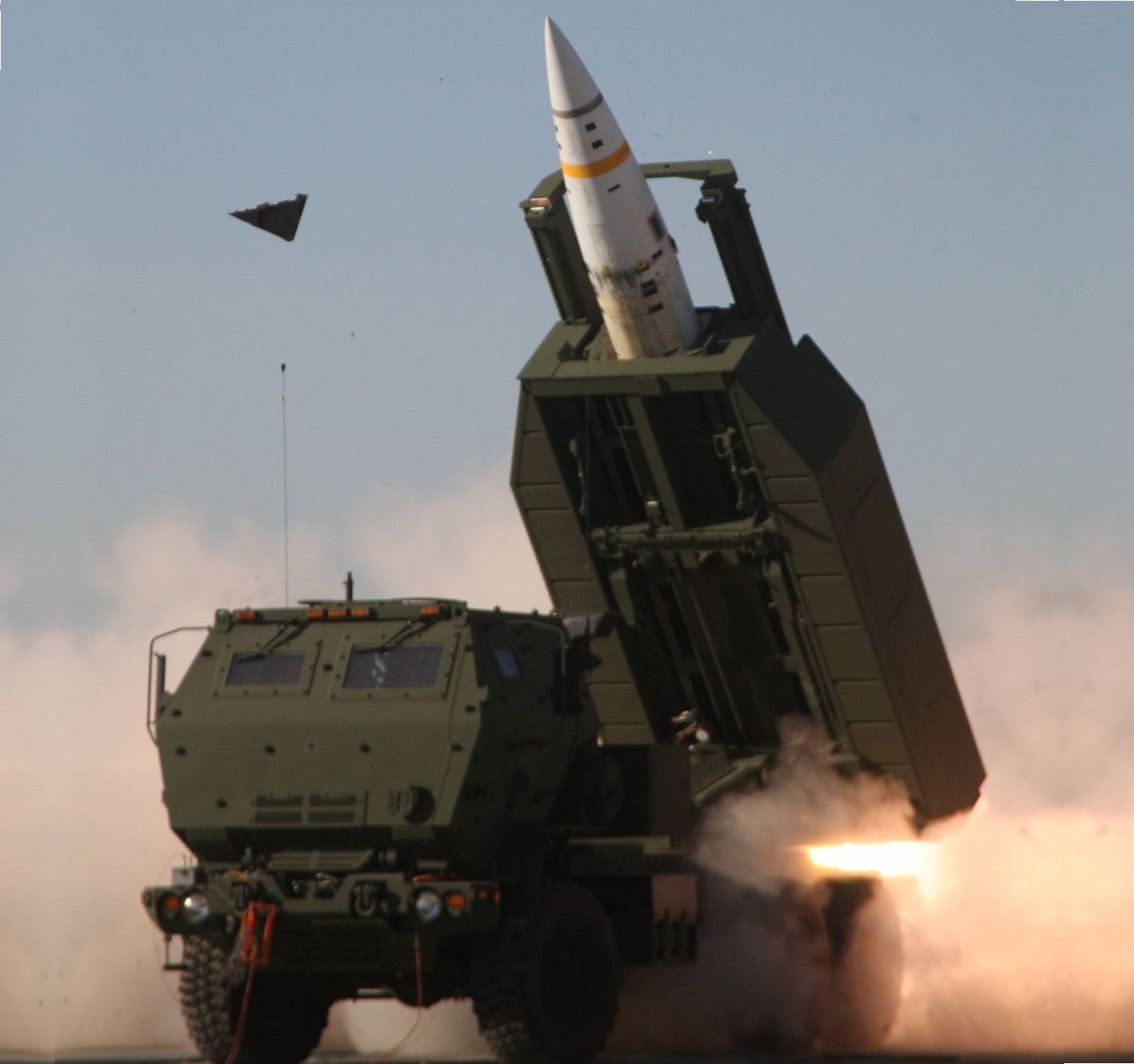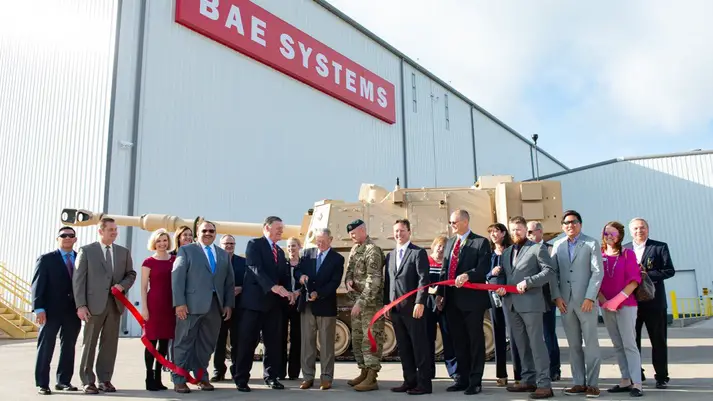Bell Textron has released an image depicting design concepts that employ the company’s High-Speed Vertical Take-Off and Landing (HSVTOL) technology. HSVTOL blends helicopter and fixed-wing technology into concepts that aim to deliver cruising speeds above 400 knots yet can offer long hover endurance with low downwash and complete independence from runways. The concepts build on the tiltrotor technology that Bell has successfully implemented in the V-22 Osprey and V-280 Valor aircraft, the latter having recently completed its test campaign. The concept is scalable across a range of aircraft sizes—from 4,000 to over 100,000 pounds—and missions, from small, unmanned vehicles that could be used for personnel recovery to larger tactical mobility “assault” craft.
“We’re not just looking at marginal improvements, in terms of speed, range and reliability, but we’re looking at a generational movement for a vertical take-off and landing capability going into the future. I think it’ll be probably something quite different than the V-22,” said Lieutenant General James Slife, commander of AFSOC, during the Air Force Association’s virtual Air, Space & Cyber Conference. In April 2021, Bell was awarded a $950,000 contract by the USAF Research Laboratory to study the HSVTOL concept.
“Bell’s HSVTOL technology is a step-change improvement in rotorcraft capabilities. Our technology investments have reduced risk and prepared us for rapid development of HSVTOL in a digital engineering environment, leveraging experience from a robust past of technology exploration and close partnerships with the Department of Defense and Research Laboratories,” said Jason Hurst, vice president of Innovation at Bell Textron.
The illustration that accompanies the announcement of HSVTOL shows three air vehicles of differing sizes, including an unmanned craft. The common configuration partly follows that of a tiltrotor, with short-span wings mounting three-bladed tilting nacelles at the tips. The HSVTOL technology has been made possible due to the expertise that Bell has amassed in tiltrotor operations and design, along with advances in digital flight control technology and emerging technologies in propulsion systems. The company has pioneered many rotary-wing advances, and has continuously conducted active research and development in the sector. Bell points to the success of the XV-3 and XV-15 tiltrotor testbeds that paved the way for the V-22 Osprey.
